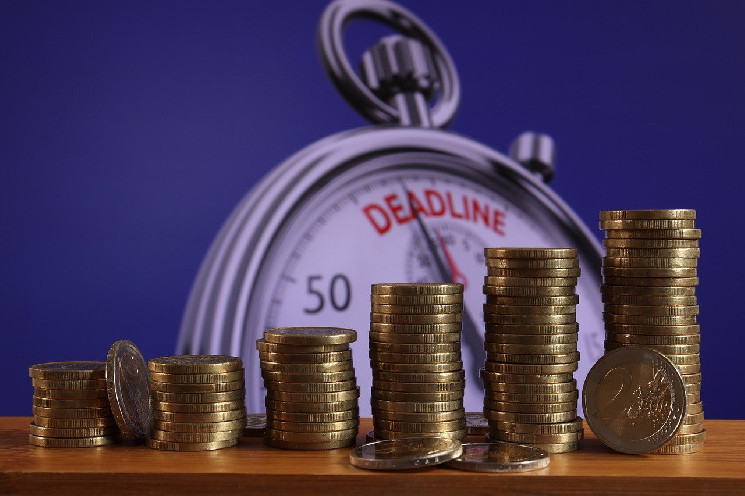Unattended mounting U.S. debt concerns means potential for a Liz-Truss style market chaos, Phillip Swagel, director of the Congressional Budget Office told Financial Times.
Debt concerns may have helped bitcoin and gold rally to record highs amid elevated interest rates worldwide, analysts said.
In 2022, former U.K. Prime Minister Liz Truss announced radical economic measures, including deep tax cuts and billions of pounds of spending even as surging government debt called for fiscal prudence. The result was market chaos, with the British pound (GBP) crashing to record lows against the U.S. dollar (USD) and the collapse of Truss’ government, the shortest in the country’s history.
Now, the U.S. faces a similar risk if the government continues to ignore mounting debt concerns, according to Phillip Swagel, director of the Congressional Budget Office (CBO).
“The danger, of course, is what the U.K. faced with former Prime Minister Truss, where policymakers tried to take an action, and then there’s a market reaction to that action,” Swagel said in an interview with the Financial Times.
Swagel added that the U.S. is not yet in the same position, but higher interest rates could raise the debt servicing cost to $1 trillion in two years, and bond markets could “snap back.”
A pound-like crash in the U.S. dollar, a global reserve currency with an outsized role in international finance, could boost demand for alternative assets with a haven appeal like bitcoin and gold. Trading volumes in bitcoin-pound pairs spiked during the U.K. crisis in September 2022.
Both bitcoin and gold may already be pricing in a crisis scenario. Despite elevated interest rates and bond yields worldwide, the two so-called zero-yielding assets have rallied to new record highs above $70,000 and $2,000, respectively. Both have surpassed their previous peaks set in 2020-21, when interest rates in the U.S. and other parts of the world were pinned near or below zero.
“Rising debt levels and geopolitical turmoil may have contributed to offset the impact of higher yields on both assets,” Paris-based crypto data provider Kaiko said in Monday’s edition of its newsletter.
U.S. federal debt totaled $26.2 trillion at the end of 2023, about 97% of gross domestic product, according to the CBO. The non-partisan, independent agency expects the debt-to-GDP ratio to rise past the Second World War high of 116% by 2029 and reach as high as 166% by 2054.
The bigger the debt, the greater the pressure to keep real – or inflation-adjusted – interest rates and bond yields artificially low. Higher rates and higher debt levels push the government’s interest expenses higher, aggravating debt concerns.
Negative real rates often lead investors to move money out of fixed-income investments and into high-risk, high-return assets like technology stocks, cryptocurrencies and havens like gold, as seen in 2020-21.
“In a highly indebted economy, negative real [inflation-adjusted] rates and financial repression are a necessary condition to keep the system running, and fiat currency debasement remains the escape valve,” the founders of newsletter service LondonCryptoClub said in Monday’s edition, explaining debt concerns as a macro tailwind for bitcoin and gold.
According to the founders, Federal Reserve Chairman Jerome Powell’s recent decision to stick to forecasts of three rate cuts in the coming months despite continued labor-market strength and a renewed uptick in inflation shows the central bank is now “focused on the U.S. debt spiral.”
“Gold continues to signal that the macro sands are shifting. Should net ETF inflows turn positive this week, don’t be surprised if Bitcoin catches the macro winds and accelerates to new highs,” the founders noted.
The Nasdaq-listed spot ETFs accumulated over $15 million in Monday, snapping a five-day streak of outflows. Bitcoin changed hands at $70,780 at press time, representing a 5% gain on a 24-hour basis, according to CoinDesk data. The CoinDesk 20 Index, a measure of the broader crypto market, added 5.5%.

